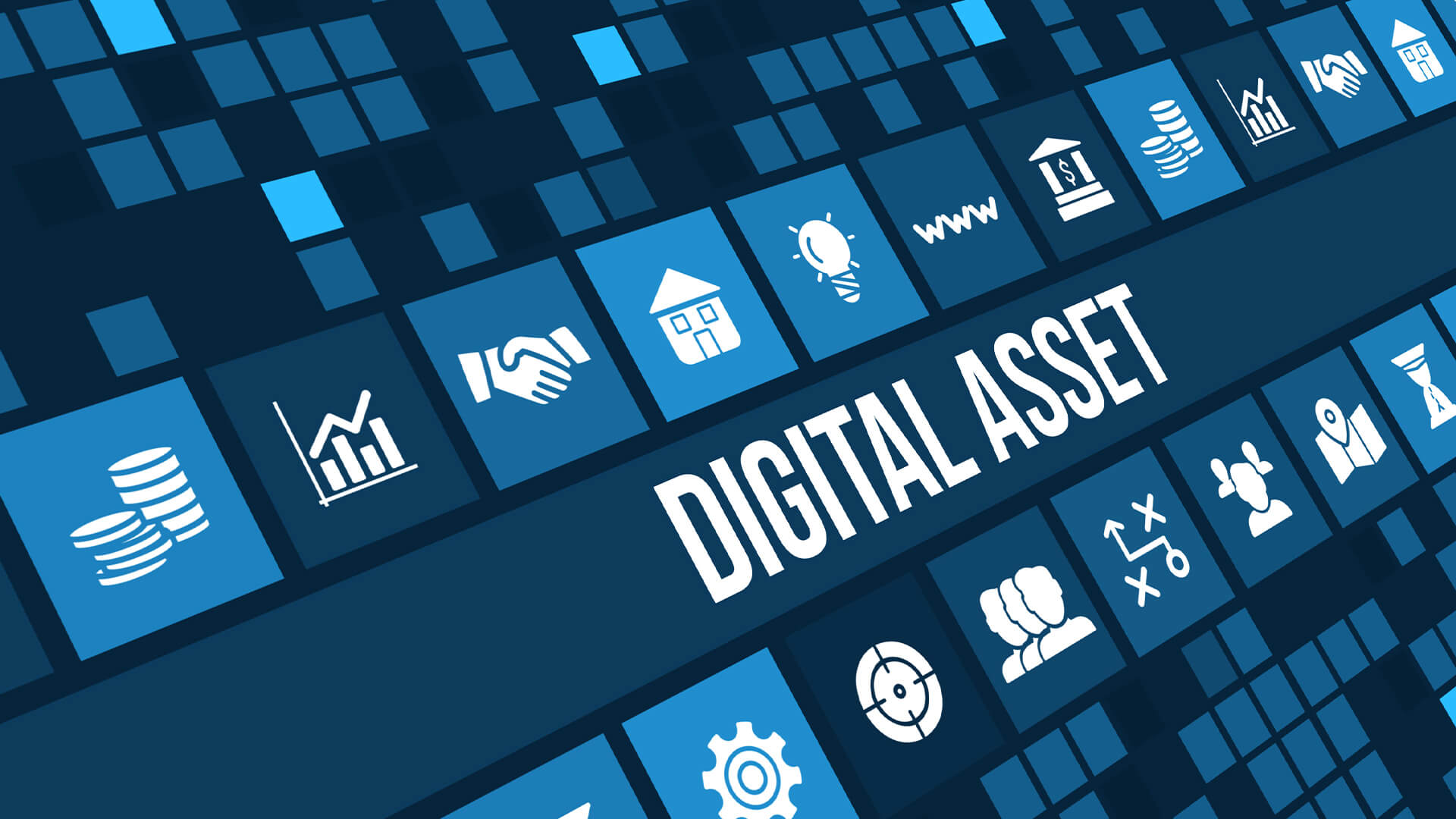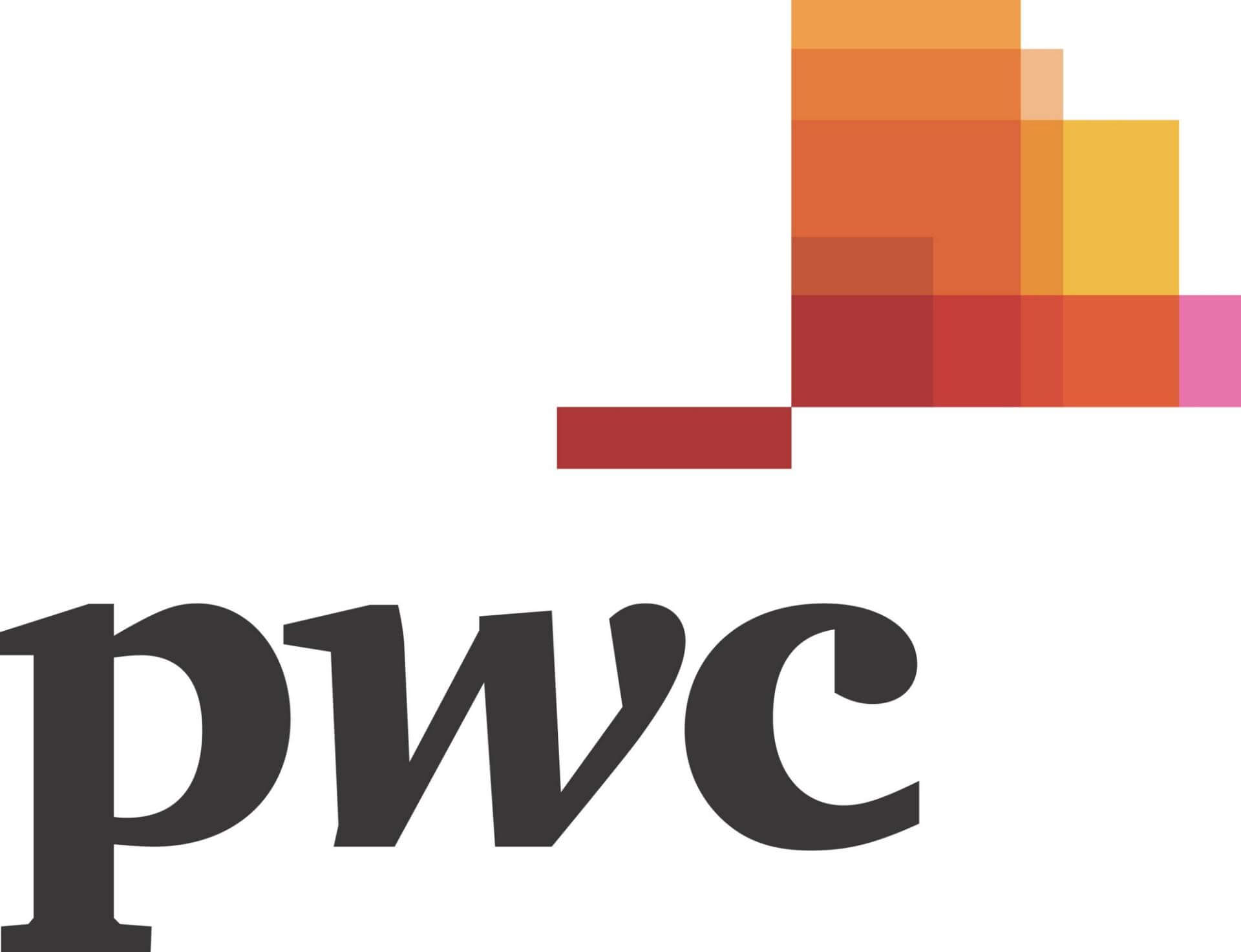In the dynamic world of Software as a Service (SaaS), understanding the factors that influence its valuation is crucial for both entrepreneurs and investors. This article will delve into the intricate web of metrics and factors that play a pivotal role in determining the value of a SaaS business. Imagine a young entrepreneur, brimming with innovative ideas, launching a SaaS startup. As the business grows, so does the complexity of its valuation. The entrepreneur soon realizes that the valuation is not just about revenue or profit but many other factors. This story is a common one in the SaaS industry, and it underlines the importance of understanding the nuances of SaaS valuation. We will embark on a journey to explore the key metrics that form the backbone of SaaS valuation, including the cost of acquiring new customers and the value derived from them over their lifetime. We will also delve into the impact of churn rate, a critical factor that can make or break a SaaS business. Further, we will highlight the importance of growth rate and gross margin in shaping the valuation. Lastly, we will examine how market conditions interact with these factors to influence the overall valuation. This comprehensive guide aims to provide a holistic understanding of SaaS valuation, equipping you with the knowledge to navigate this complex landscape. We encourage you to share your insights and experiences as we delve into this fascinating topic.
Exploring the Key Metrics in SaaS Valuation
Regarding SaaS valuation, several vital metrics can significantly influence the final figure. The first of these is the Monthly Recurring Revenue (MRR). This measures the predictable and recurring revenue components of your subscription business. It’s a metric that can provide a clear insight into the financial health of a SaaS company, and potential investors often use it to assess the viability of a business.
Another crucial metric is the Customer Acquisition Cost (CAC). This is the cost of convincing a potential customer to buy a product or service. In the SaaS industry, where the cost of acquiring a new customer can often exceed the initial purchase, it’s essential to keep this figure as low as possible. A high CAC can be a red flag for potential investors, indicating that a company may spend too much on marketing and sales.
The third key metric is the Customer Lifetime Value (CLTV). This is a prediction of the net profit attributed to the entire future relationship with a customer. The higher the CLTV, the more valuable each customer is to your business. This metric is crucial in the SaaS industry, where the focus is on building long-term relationships with customers. A high CLTV can indicate a healthy, sustainable business model, making your company more attractive to potential investors.
The Role of Customer Acquisition Cost in SaaS Valuation
One of the critical metrics that significantly impacts the valuation of a SaaS company is the Customer Acquisition Cost (CAC). This metric represents the total cost of acquiring a new customer, including all aspects of marketing and sales. A lower CAC indicates a more efficient business model, which can lead to a higher valuation. Conversely, a high CAC can be a red flag for potential investors, as it may indicate that the company is spending too much to acquire each new customer.
Several factors can influence the CAC of a SaaS company, including:
- Marketing strategies: Effective marketing can help attract more customers at a lower cost.
- Product pricing: Higher-priced products may require more investment to convince customers to purchase, increasing the CAC.
- Target audience: It may be more expensive to acquire customers in specific industries or demographics.
It’s important to note that the CAC should be considered with the Lifetime Value (LTV) of a customer. If the LTV is significantly higher than the CAC, the company will likely recoup its investment in customer acquisition and generate a profit over the customer’s lifetime. This ratio of LTV to CAC is another crucial factor that can influence the valuation of a SaaS company.
How Customer Lifetime Value Impacts SaaS Valuation
Understanding the impact of Customer Lifetime Value (CLV) on SaaS valuation is crucial for any business operating in this space. CLV is a significant factor that investors consider when determining the value of a SaaS company. This is because it provides an estimate of the total revenue that a customer will generate for the business for their relationship. A higher CLV indicates a more profitable customer base, which, in turn, increases the company’s valuation.
There are several ways in which CLV can influence SaaS valuation. Firstly, a high CLV can lead to a higher valuation as it indicates a solid customer base and potential for future revenue. Secondly, it can also impact the company’s ability to attract new customers and retain existing ones. Here are some key points to consider:
- Customer Acquisition Cost (CAC): If the cost of acquiring a new customer (CAC) is less than the CLV, it indicates a healthy business model and can boost the company’s valuation.
- Customer Retention: A high CLV often shows a high customer retention rate. Businesses with high customer retention are usually valued higher as it shows the company’s ability to maintain its revenue stream.
- Upselling and Cross-selling: If a company has a high CLV, it suggests there are opportunities for upselling and cross-selling. This can increase the company’s revenue and, subsequently, its valuation.
The Influence of Churn Rate on SaaS Valuation
Arguably, churn rate is one of the most critical metrics in determining the valuation of a SaaS company. This figure, which represents the percentage of subscribers who discontinue their subscriptions within a given period, can significantly impact a company’s revenue and growth prospects. A high churn rate can indicate a problem with the product or service, while a low churn rate suggests customer satisfaction and the potential for steady, predictable revenue.
Several factors can influence churn rate, including but not limited to:
- Product Quality: If the product or service doesn’t meet customer expectations, they will likely cancel their subscription.
- Customer Service: Poor customer service can lead to customer dissatisfaction and, ultimately, churn.
- Pricing: If customers feel they are not getting value for their money, they may discontinue their subscription.
By understanding and addressing these factors, SaaS companies can reduce their churn rate, thereby increasing their valuation.
Understanding the Importance of Growth Rate in SaaS Valuation
Assessing the growth rate of a SaaS company is a critical component in determining its valuation. This is because growth rate is a vital indicator of a company’s future revenue potential. A high growth rate can signal to investors that a company is poised for success, leading to a higher valuation. However, it’s important to note that a high growth rate is only sometimes a guarantee of success. Rapid expansion can sometimes lead to operational challenges, such as maintaining quality control or managing increased overheads. Therefore, while a high growth rate can boost a SaaS company’s valuation, it’s essential to consider it in the context of the company’s overall operational efficiency and scalability.
On the other hand, a low growth rate can be a red flag for investors, potentially leading to a lower valuation. A low growth rate may indicate market saturation, stiff competition, or a need for more innovation. However, a lower growth rate can sometimes be a sign of a more mature, stable company with a loyal customer base. Such companies may have a different exponential growth potential than younger, more dynamic companies, but they can offer more predictable, steady returns. Therefore, while a low growth rate can negatively impact a SaaS company’s valuation, it doesn’t necessarily mean the company is a bad investment.
Ultimately, the importance of growth rate in SaaS valuation lies in its ability to provide insight into a company’s future prospects. However, it’s crucial to remember that growth rate is just one of many factors that should be considered when valuing a SaaS company. Other important factors include the company’s churn rate, customer acquisition cost, and lifetime value of a customer. By taking a holistic view of a company’s performance and potential, investors can make more informed decisions and accurately determine a SaaS company’s valuation.
The Impact of Gross Margin on SaaS Valuation
Examining the gross margin is a crucial step in the valuation of a SaaS business. Gross margin, defined as the percentage of total revenue that the company retains after incurring the direct costs associated with producing the goods and services it sells, is a crucial indicator of a company’s financial health. A higher gross margin indicates that the company is more efficient in converting raw materials and labor into revenue. In the SaaS industry, gross margin is significant as it reflects the inherent scalability of the business model. Consider two hypothetical SaaS companies, Company A and Company B. Company A has a gross margin of 70%, while Company B has a gross margin of 85%. Assuming all other factors are equal, Company B would be valued higher than Company A because it retains more of each dollar of revenue as gross profit, indicating a more efficient business model.
Therefore, the gross margin is a significant factor in SaaS valuation, and companies with higher gross margins are typically valued more highly in the market.
The Interplay of Market Conditions and SaaS Valuation
Market conditions significantly influence the valuation of SaaS companies. Prevailing economic trends, investor sentiment, and the competitive landscape are all factors that can impact a company’s valuation. For instance, during periods of economic growth, investors may be more willing to invest in SaaS companies, driving up their valuations. Conversely, during economic downturns, investor sentiment may be more cautious, potentially leading to lower valuations. Furthermore, the competitive landscape can also influence a company’s valuation. If a SaaS company operates in a highly competitive market, it may face pressure to lower its prices, which could negatively impact its valuation.
Another crucial factor to consider is the company’s financial performance. Revenue growth, profitability, and cash flow are all key indicators of a company’s financial health and can significantly influence its valuation. For instance, a SaaS company with solid revenue growth and profitability may command a higher valuation than a company with weaker financial performance. Additionally, a company’s cash flow can also impact its valuation. Companies with strong cash flow are often viewed as more stable and less risky, which can lead to higher valuations.
Lastly, the company’s strategic positioning can also affect its valuation. A SaaS company with a unique product or service, a strong brand, or a large and loyal customer base may command a higher valuation. Conversely, a company that needs these attributes may be viewed as less valuable. Therefore, strategic positioning is an essential factor to consider when assessing a SaaS company’s valuation.
If you want to learn more about the topic, we recommend checking out Aventis Advisors’ blog post on “SaaS Valuation Multiples” at https://aventis-advisors.com/saas-valuation-multiples/. Where you can find valuable insights into the various valuation models used in the SaaS industry and it can help you navigate this complex landscape.


























